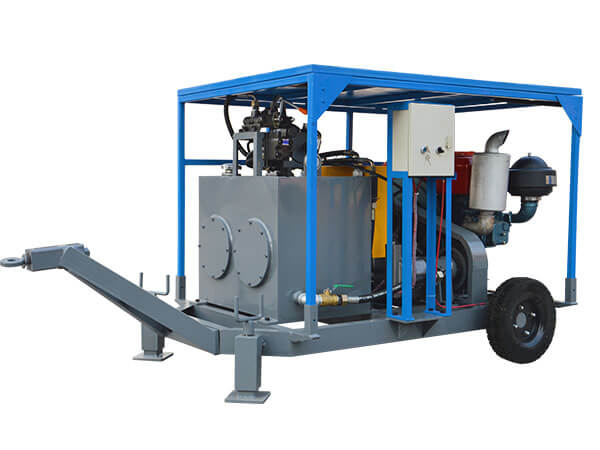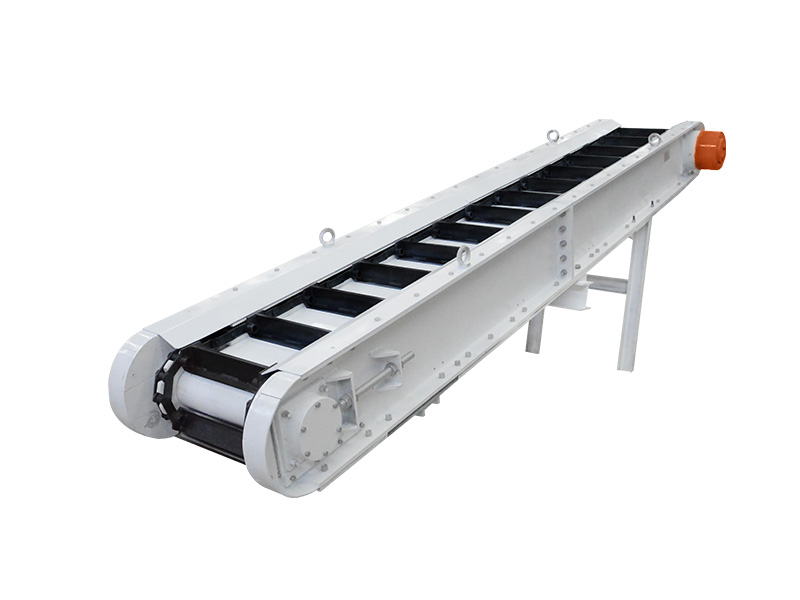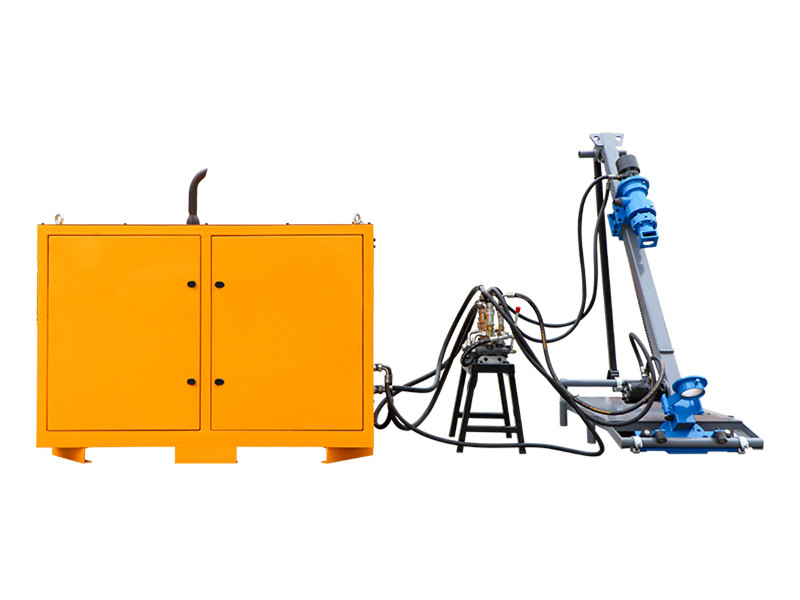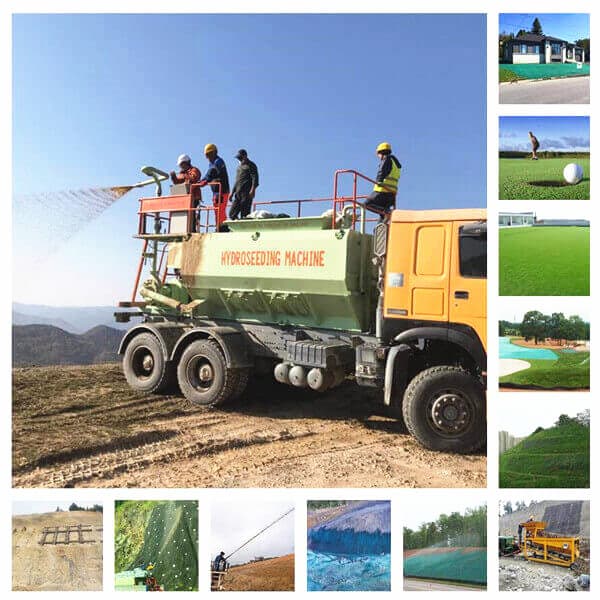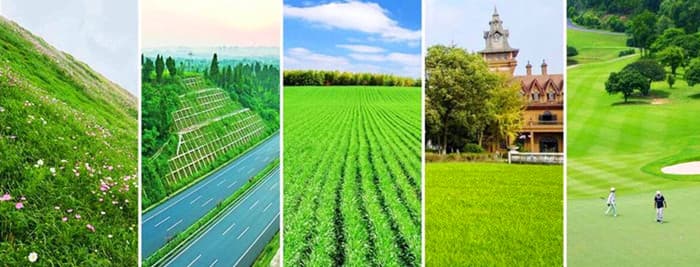Compared with the previous dry spraying technology, the hydro seeding technology of foreign soil has the advantages of fast spraying speed, high efficiency, short preparation time, wide spraying range and convenient movement, which can improve the speed of the operation cycle and speed up the construction progress. The spraying operator protects the health of workers by manipulating the position of the universal nozzle and the angle of the nozzle.
1. Selection and distribution of spraying substrates
The materials of spraying base material mainly include soil, organic matter, fertilizer, water-retaining agent, soil corrosion inhibitor, improver, adhesive and so on.
1. Soil can be selected according to local conditions. Choose clay, loess, or sand that can be collected nearby. However, the fertility of sand, loess, and clay is often insufficient. Generally, other fertile soils can be used in a 1:1 ratio. The soil should be clean and free of impurities and weeds. .
2. Organic matter
The use of organic matter is mainly to increase soil fertility and ensure soil aeration. Commonly used are Northeast peat, humus, compost, sawdust, chaff, and fully fermented livestock fertilizer. Among them, the Northeast peat has the best performance. It has high water holding capacity and good ventilation. Its light weight, water holding, air permeability and organic matter content can store water and retain water, prevent soil compaction, improve soil physical structure, and maintain long-term fertilizer efficiency.
3. Fertilizer
Mainly use chemical fertilizers and organic fertilizers. The chemical fertilizers mostly use slow-release Russian compound fertilizers. The organic fertilizers mainly include chicken manure and livestock manure, but they must be fully fermented to avoid excessive diseases in the process of plant growth and development.
4. Water retention agent
Water-retaining agent is a non-toxic and harmless functional polymer compound. It can absorb water and expand hundreds of times when encountering water. This water is not easy to be discharged by general physical methods, but plant roots can absorb the water stored in water-retaining agent. . The water retention agent can quickly absorb the occasional rainfall and swell into a gel to store the water, and then slowly release it to the root system when it is dry. The average thickness of the planting base on the surface of the rock surface sprayed with foreign soil is generally 10 cm, which is thinner than the thickness of the general soil layer, and the rock is basically impermeable and extremely difficult to store water. The germination and growth of plant seeds on the rock are quite sensitive to climate. A drought will wither and wither. At this time, the water-retaining effect of the water-retaining agent is the key to the normal growth and development of plants on the rock. According to practical experience, the water-retaining agent used for greening on the rock surface can be selected as a larger particle product of acrylamide-acrylate copolymer cross-linked products with low water absorption rate, good water absorption repeatability and long service life.
5. Adhesives, soil corrosion inhibitors, soil conditioners
In order to avoid the erosion and scouring of the sprayed substrate caused by natural factors such as wind and rain, a considerable amount of adhesive must be added to the planting base to promote the bonding between the matrix and the rock and enhance the erosion resistance of the matrix itself. Commonly used adhesives are chemical adhesives and ordinary Portland cement. The alkalinity of cement is harmful to seed rooting and germination, so the dosage should be strictly controlled when adding cement, and the maximum dosage should not exceed 80kg/m3. In order to adjust the acidity and alkalinity and physical function of the soil, a certain soil conditioner should be added according to the situation. The distribution of spraying substrates is shown in Table 1
2. Plant seed selection and distribution
The selection of plant seeds should be mainly herbs, according to the hydrogeological and climatic conditions of the construction site. Choose varieties that adapt to local growing conditions, paying special attention to varieties with strong drought resistance and stress resistance. Jiangxi belongs to a subtropical region with a hot and humid climate. The main grass species used for soil spraying and greening are Baxa, bermudagrass, teff, tall fescue, etc. Among them, Baxa is suitable for local growth conditions. Baxi grass is an excellent variety introduced from the United States. It has developed root system, strong drought resistance, stress resistance, barren resistance, and performs well on slopes. Teff grows fast, but its lawn color is not good. Tall fescue is the most heat-resistant among the cool-season lawns. It can be mixed when the temperature is low. Lawn sowing should be based on one kind of grass seed, mixed with a variety of grass seeds. In this way, various lawns can complement each other in terms of coverage, growth period, and stress resistance, and increase the adaptability of lawns.
In some areas, it is required to add grass and flower series (such as southeastern wild flower combination), shrub seeds (such as corymbria cassia, huzhizi) and so on when mixing sowing. In order to increase the effect of lawn landscape, we must pay attention to the particularity of the growth of flower bushes. The growth rate of grass is faster than that of flower shrubs, so as to avoid encroaching on each other and losing the favorable conditions for the growth of flower shrubs.
3. Construction spraying and seeding technology
1. Renovating the slope
The main task of renovating the slope is to remove unstable stones on the slope. Roughly level the uneven places so that the thickness of the planting materials is uniform. For loose rocks, use cement mortar to bond them. If the rock slope itself is unstable, it should be reinforced. The method is to use prestressed anchor bolts and cables. fixed.
2. Anchor rod, hanging net
First, lay galvanized wire mesh or high-strength plastic reinforced mesh on the slope, and the mesh size is 5cm×5cm. Then use a pneumatic drill or electric drill to arrange the anchor rods and anchor bolts in a plum blossom shape with a spacing of 1 × 1 m. The anchor rod is 90-100 cm long. The anchors are about 50-60 cm long. Special care should be taken that the distance between the net and the rock is approximately half the thickness of the sprayed substrate. The purpose of hanging the net is to allow the spray-seeded substrate to form a durable monolithic slab on the rock surface.
3. Spraying the base material
After the spray substrate is mixed in proportion. Under the wind pressure of a high-power diesel engine, the spray-seeding substrate is evenly sprayed on the slope surface with a special-purpose soil spraying machine. The spraying design thickness is 8-10cm. The thickness of spraying is the key to future plant growth. In this link, the thickness should be checked at any time to ensure the construction quality.
4. Spray plant seeds
The pre-prepared mixed materials such as seeds and pulp are directly sprayed on the surface of the spraying substrate with a spraying machine. This construction process is the same as that of hydraulic spraying and planting. It should be noted that the sprayed grass seeds will adhere to the attachments such as pulp or wooden poles after being evenly mixed. In the south, due to the high temperature and large evaporation in summer, the germination rate of seeds on sunny slopes is mostly reduced, and the amount of seeds should be appropriately increased on sunny slopes.
5. Cover
There is a lot of rain in the south, so it can be covered with non-woven fabric (16g-18g/m2) to prevent the rain from scouring, and the north can be covered with straw curtains. Seeds germinate.
6. Maintenance
Although lawn plants have strong adaptability, they are still "three-point species and seven-point nutrition", so special attention should be paid to lawn maintenance.
After spraying, if it does not rain, water every day to keep the soil moist. Bermudagrass generally germinates in about 7 days, Baxhi grass generally germinates in 15-20 days, teff generally germinates in 4-5 days, and it can become a flat in about 45 days. The coverage rate can reach more than 90% in 2 months, and the frequency of watering can be gradually reduced after the planting. During the maintenance period, the water and fertilizer situation of the lawn should be observed at any time. Moisture mainly depends on how moist the root soil is. After the lawn becomes flat, it has a certain degree of protection against the loss of water in the soil because it forms a layer of grass blanket. After a year, the lawn has basically formed its own ecology and requires no special maintenance.
4. Main construction equipment
Passenger soil sprayers, trucks, loaders, water trucks, etc.
If you want to get more hydroseeding technology information, you can contact me freely, email address: sales1@leadcrete.com.
Your position:
Home > News > Product News
Hydroseeding technology
date: 2022-05-30
Pneumatic motor shotcrete machine for sale
2022-05-27
Introduction to the structure of hydroseeder
2022-06-03
Inquiry
Please feel free to submit your inquiry information to us. We will contact with you as soon as possible.

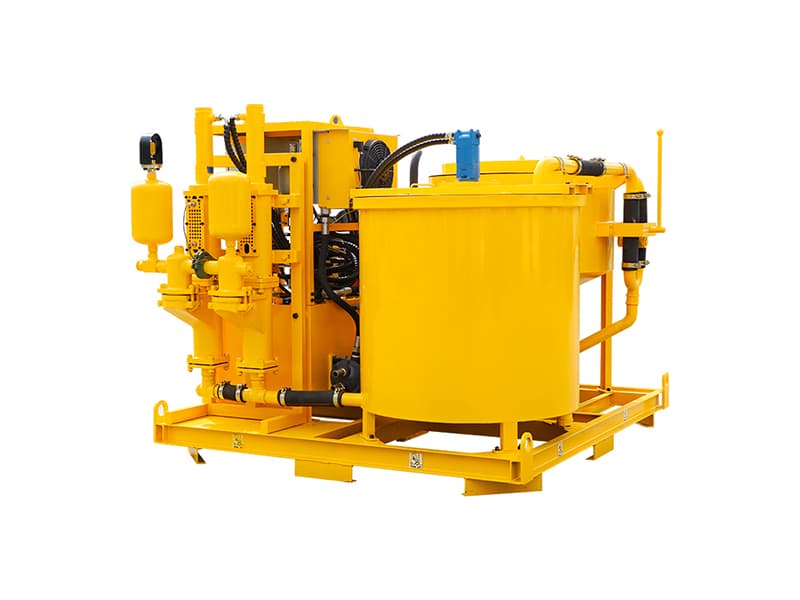
.jpg)
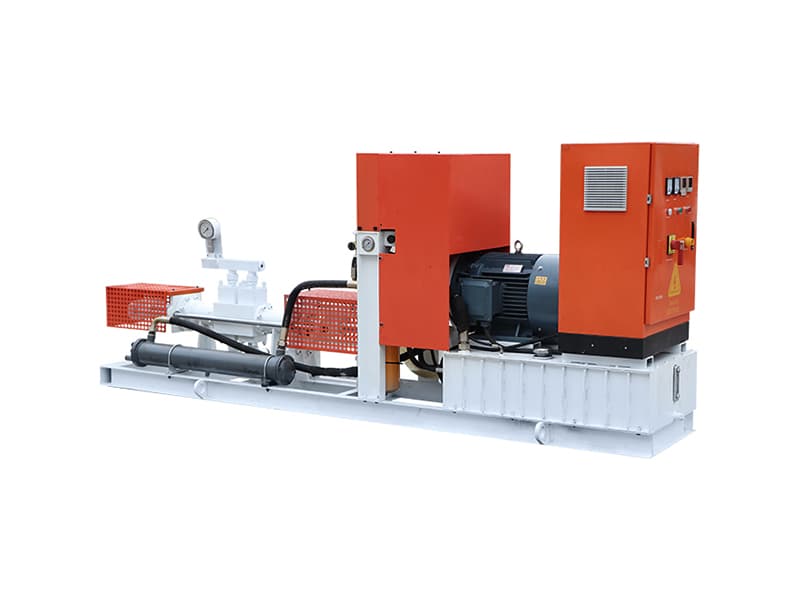
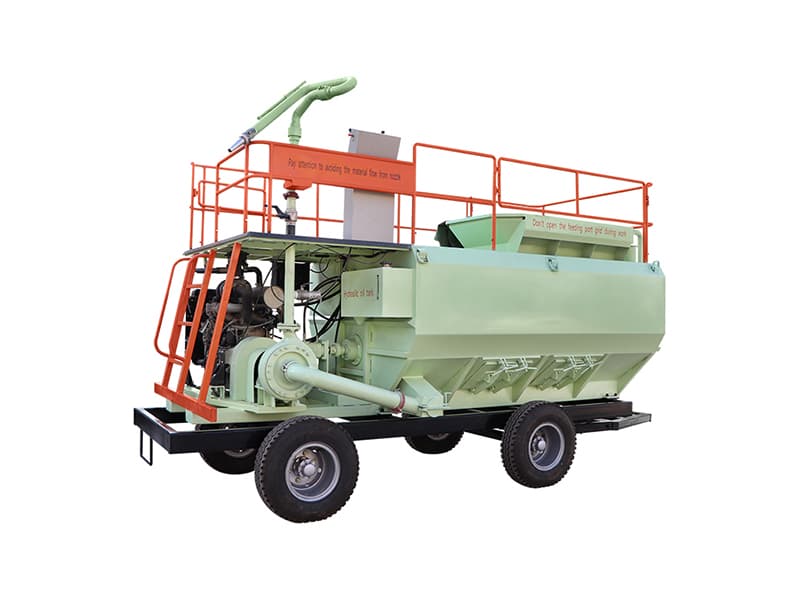
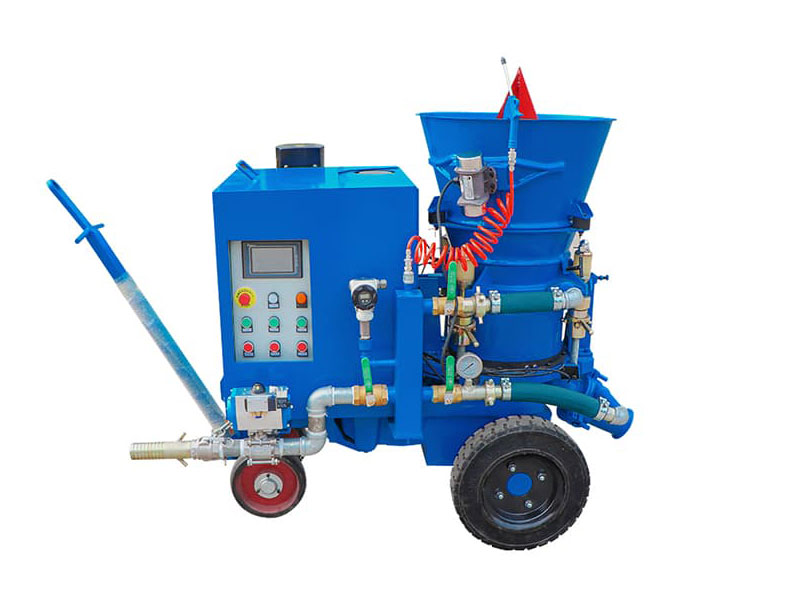
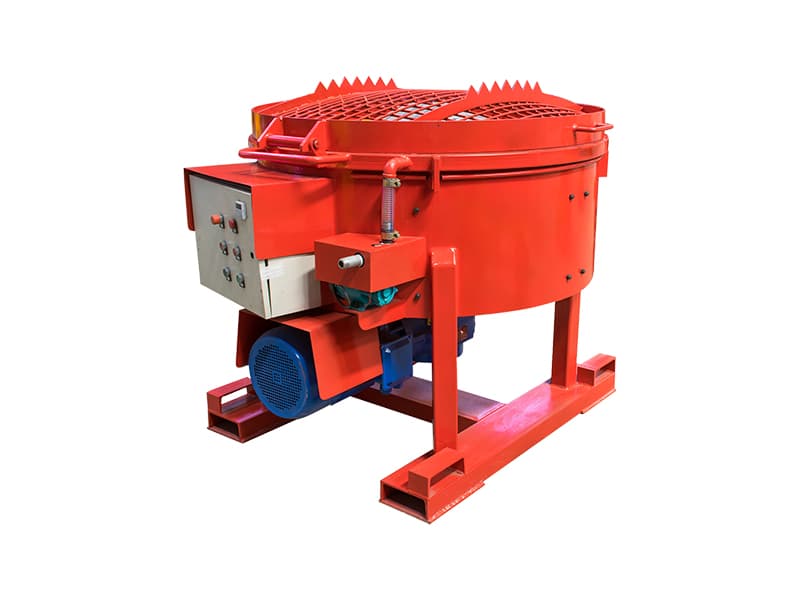
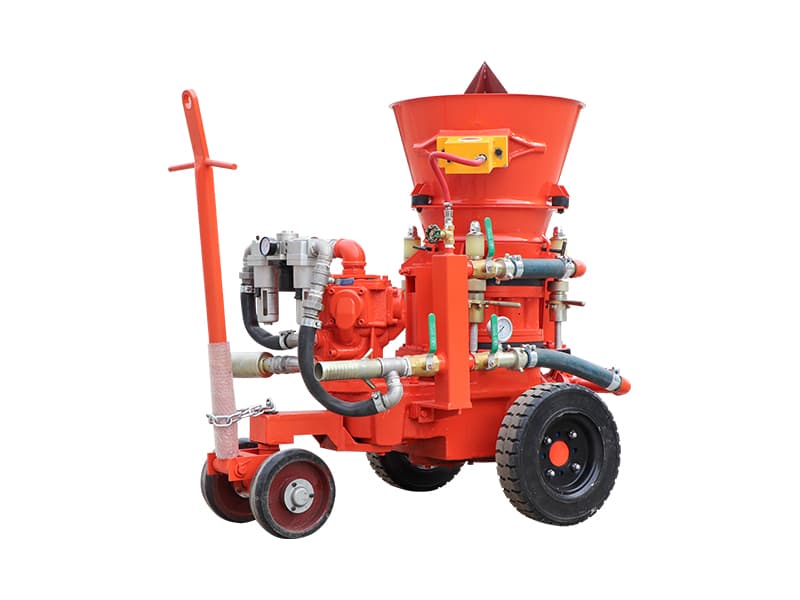
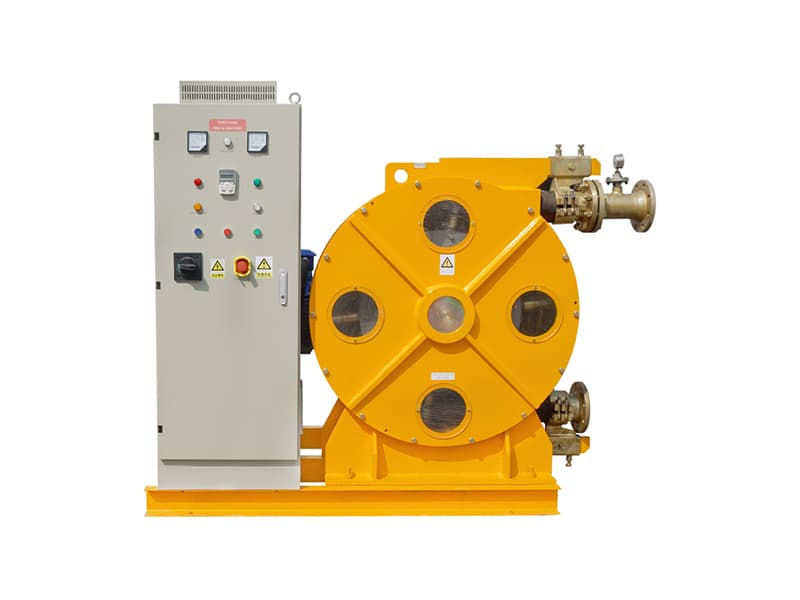
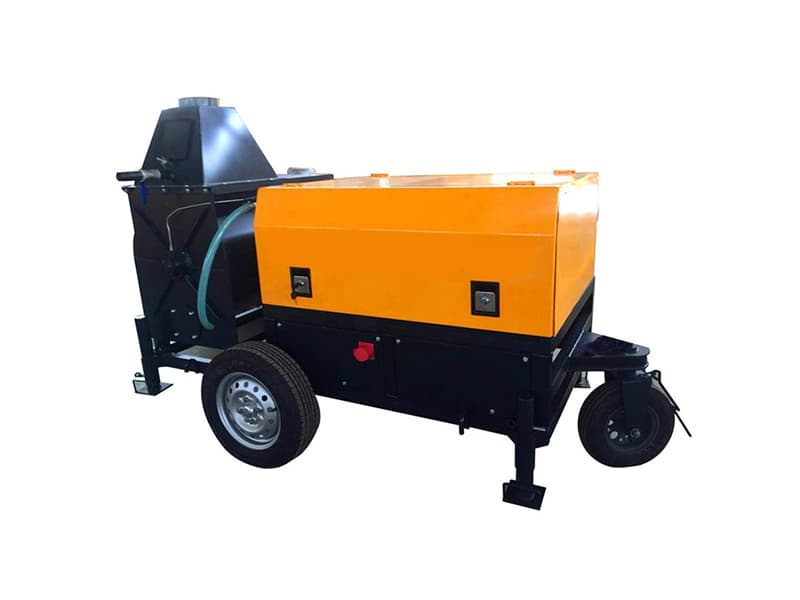
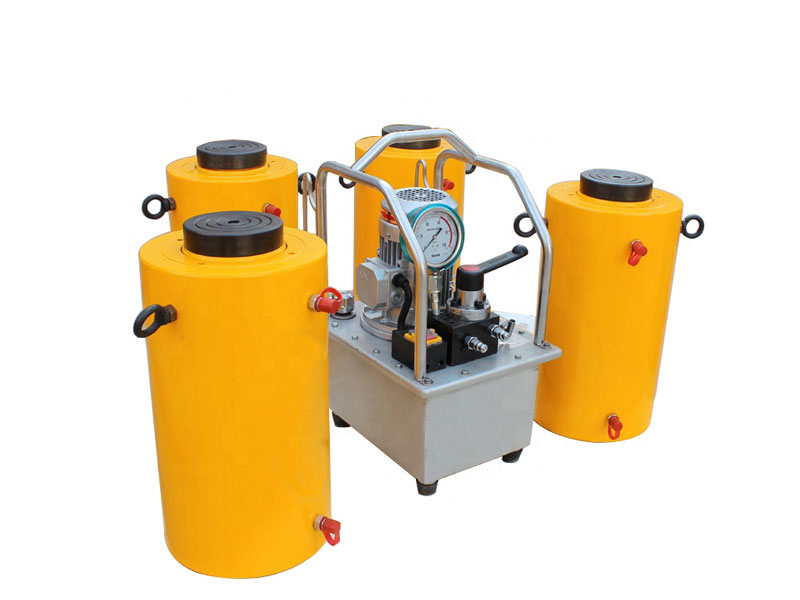
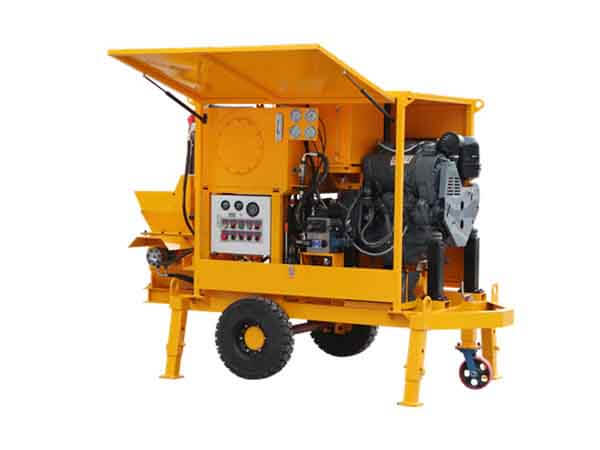
.jpg)
